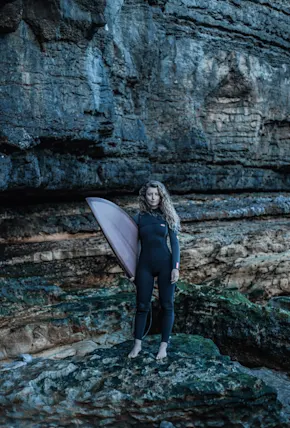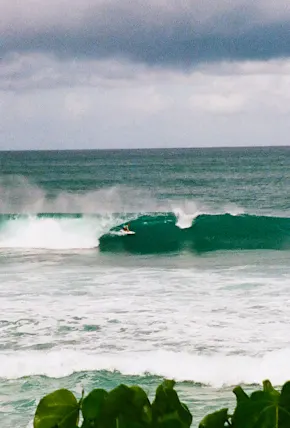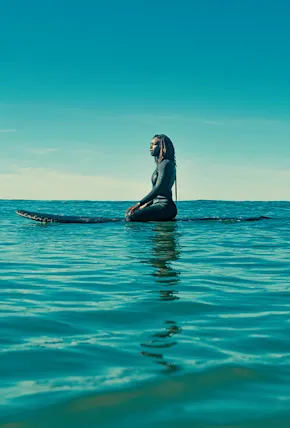Maybe it is the idea of living life in fear. Fear is a misunderstood emotion. It is the most powerful emotion, which is the hardest to control, but once you know how to tap into it, you can use it to do things you never thought were possible. There is this monster that you want to ride, and you ride it, while the wipeouts become lessons. But when you are inside a 50-60-foot wave at that moment, you truly know who you are.
What is one thing you hope readers can take away from your book?
I hope it serves as an inspiration to do whatever you love to do and not be afraid to take risks. As big wave surfers, we aren't afraid to take risks, and anyone that gets anywhere in life has to take risks. We all fail along the way, and those failures are our greatest lessons. In the book, there are a lot of stories that talk about the toughest hardship moments, but you get the feeling at the end of the story that it didn’t stop these people from persevering. You don't have to become a big wave surfer or a surfer at all, you can apply this to anything in your life.
Where do you see the sport of big wave surfing go from here?
It started with the revolution of tow-in surfing and the whole crew that I looked up to, the Strapped Crew that went to Jaws and proved that you could ride these big waves and survive. And then the paddle revolution happened around 2011 when Shane Dorian, Ian Walsh, and a few others proved you could paddle massive Jaws. The big wave guns changed forever, and the boards became four inches thick and 10 feet, six inches long.
I think we will start seeing boards and technology refined, and people will soon approach these massive waves on much smaller pieces of equipment while paddling. As far as tow-in surfing goes, you are going to see a lot more high-performance surfing like you would see someone like John John Florence do on a world tour event, but on giant waves with the help of foot straps and tow-in boards.
So many people are trying to push the limits of the sport, but big wave surfing has a lot to do with experience, and that is why some of the best big-wave riders are in their late thirties and early forties or late forties and early fifties. Experience, in a way, outweighs youth in big wave surfing...for now. I’ve been fortunate enough to watch the evolution of tow-in surfing to paddling, and it seems like there is a pattern where every 20 years something psycho happens, and I guess that would mean we have eight more years to figure out what’s next.












